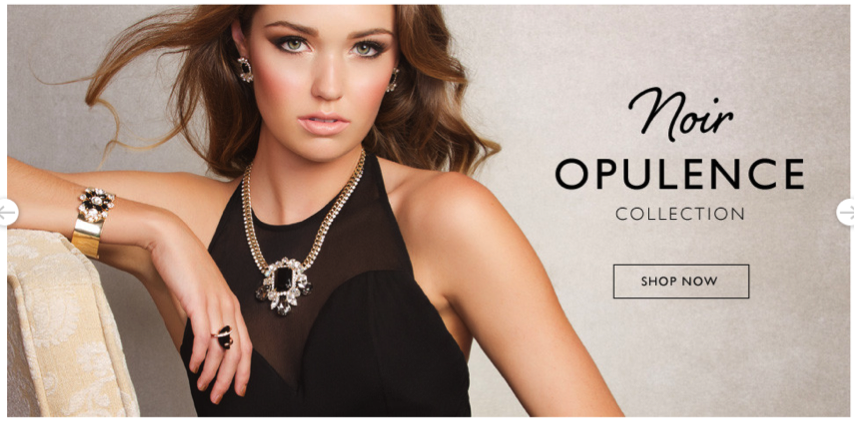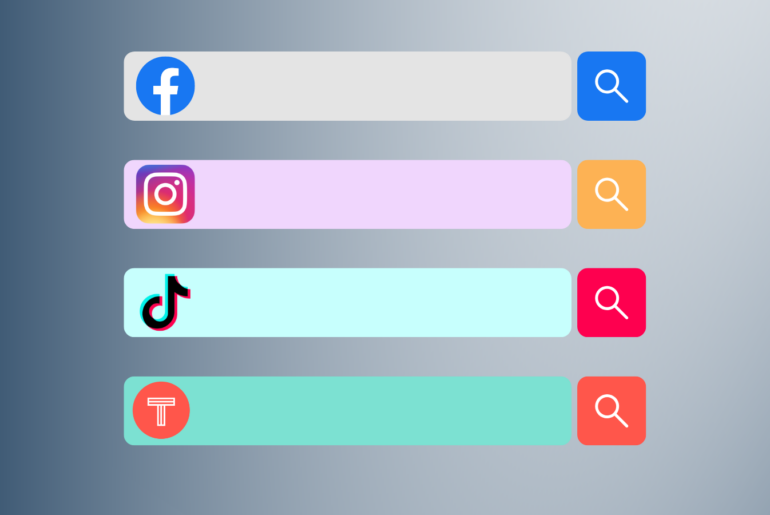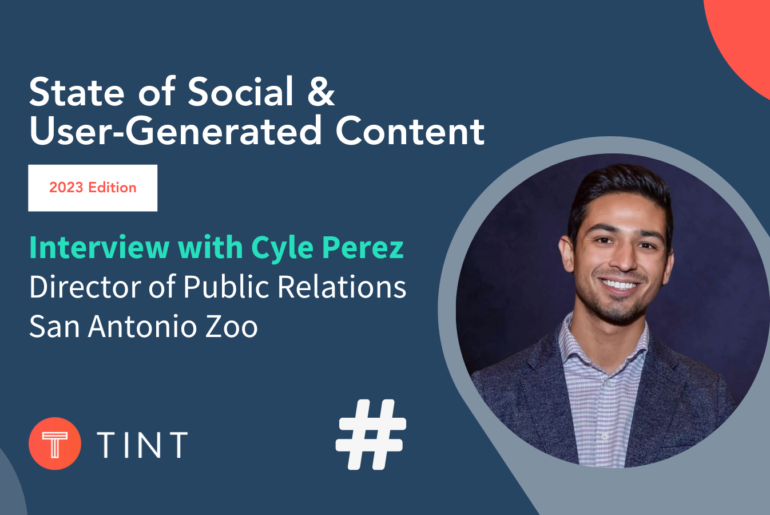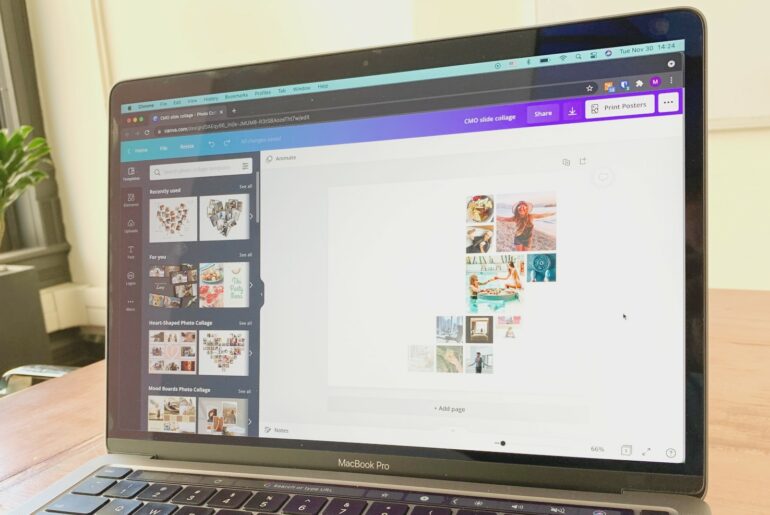In this age, the need for eye-catching and interesting content is significant. Consumers are wary of marketing slogans and tend to stay on the sites where conversations between real people happen. For marketers who want to engage consumers with interactive and genuine material, user-generated content is a good solution. User-generated content – content created by consumers and publically available online to other users – gives value, adds credibility and sparks online users’ interest in a brand. When skillfully integrated into overall marketing strategy, user-generated content helps companies grow their following, encourage customer loyalty and, ultimately, increase sales. So how can companies leverage the power of content contributed by their audience to promote their own brand online? Here are eight brands that have effectively utilized user generated content by hosting contests, encouraging customer reviews, displaying social media on their websites, or a combination of the three.
Holding Contests
Since there are a lot of ways that contests can be implemented, it is essential for a brand to decide on the goal it wants to achieve. Whether this is introducing a new product, acquiring more fans, higher brand engagement or even more leads, defining the goal will make it easier to choose whether it should be a sweeptakes, essay, photo or video competition. Benefits:
- Saves copywriters and marketers’ time on content creation
- Adds trust to the brand
- Higher user-engagement
- More interaction with brand
- Better affinity to the brand
1. Starbucks’s White Cup Art Contest  Starbucks engaged fans and created some beautiful content when they launched a stunning White Cup Contest where fans were proposed to paint Starbucks’ white cups and submit their photos to social media using the hashtag #WhiteCupContest. As a result, the brand received wonderful visual content for its Facebook and Pinterest pages, and increased their social media reach. 2. GoPro’s Cool Videos Contest
Starbucks engaged fans and created some beautiful content when they launched a stunning White Cup Contest where fans were proposed to paint Starbucks’ white cups and submit their photos to social media using the hashtag #WhiteCupContest. As a result, the brand received wonderful visual content for its Facebook and Pinterest pages, and increased their social media reach. 2. GoPro’s Cool Videos Contest  GoPro is still running a remarkable contest soliciting cool videos from GoPro users, with the reward of being featured on GoPro social media accounts. This campaign spurred high user activity, which in turn generated more sales. 3. Momondo’s “Bright Colors of the City” Contest
GoPro is still running a remarkable contest soliciting cool videos from GoPro users, with the reward of being featured on GoPro social media accounts. This campaign spurred high user activity, which in turn generated more sales. 3. Momondo’s “Bright Colors of the City” Contest  Flight tickets search engine, Momondo, also joined the trend and launched the contest, which aimed to show the beauty of the world and better connect customers to the brand. For a chance to win a prize, the users were asked to submit a photo capturing the bright colors of city life. In the end, the company had built a popular Instagram account filled with inspiring photos. 4. Facial Aesthetic Concepts’ Essay Contest
Flight tickets search engine, Momondo, also joined the trend and launched the contest, which aimed to show the beauty of the world and better connect customers to the brand. For a chance to win a prize, the users were asked to submit a photo capturing the bright colors of city life. In the end, the company had built a popular Instagram account filled with inspiring photos. 4. Facial Aesthetic Concepts’ Essay Contest  Essay contests are a great way to bring humanity into the play and connect your brand with emotional stories or family values. Cosmetic surgery center, Facial Aesthetic Concepts, had a contest where it asked fans to write a 500-word essay telling why they think their moms deserve a free makeover for Mother’s Day. It drove new page likes, better follower engagement, and helped emotionally connecte fans with the brand.
Essay contests are a great way to bring humanity into the play and connect your brand with emotional stories or family values. Cosmetic surgery center, Facial Aesthetic Concepts, had a contest where it asked fans to write a 500-word essay telling why they think their moms deserve a free makeover for Mother’s Day. It drove new page likes, better follower engagement, and helped emotionally connecte fans with the brand.
Leveraging Customer Reviews
Benefits:
- Higher conversion rate on product pages
- Lots of unique content
- Rankings for long-tail queries
- More traffic to the site
Working hard to fill product pages content, marketers often overlook the opportunity to leverage customer reviews. Properly moderated and linked to content, users’ comments may get your site a traffic boost and attract new visitors through long-tail search queries. For the search engines, comments left by users on your site are indexed and evaluated for keywords and context, just like the rest of your content. What is more, user reviews provide additional valuable information to your potential customers, educating them and guiding through your product assortment. As a result, a wealth of customer reviews can increase site conversion rate, drive new sales, and improve user experience. Just like users’ comments, customer testimonials are also very effective and go a long way, since not only do they add trust to your site, but also can be aggregated and displayed by brands on home page or on social media. 5. Mod Cloth’s User Reviews Great example of customer reviews implemented on the site can be seen on ModCloth’s site, where user reviews are a prominent feature of each item’s page. 
 6.Coffee For Less Uses Customer Testimonials Ecommerce site Coffee For Less realized that quality content is one of the best things for SEO. So they made it easy for customers to leave and read comments. They had over 6 000 new comments in three years, which in turn generated a 10%-increase in organic traffic. One of the great advantages of this move was that the language people wrote reviews in was closer to the actual verbiage potential customers used searching for coffee online, which allowed Coffee for Less to pick up more organic keywords.
6.Coffee For Less Uses Customer Testimonials Ecommerce site Coffee For Less realized that quality content is one of the best things for SEO. So they made it easy for customers to leave and read comments. They had over 6 000 new comments in three years, which in turn generated a 10%-increase in organic traffic. One of the great advantages of this move was that the language people wrote reviews in was closer to the actual verbiage potential customers used searching for coffee online, which allowed Coffee for Less to pick up more organic keywords.  It is important that customer reviews are implemented thoughtfully. In this case, the site made sure they were visible to the search engines and allowed customers to interact with them – sort, vote and rate. To make the effect even greater, brand incorporated contests and newsletters to encourage customers to leave the comments more. The results were quite impressive: 125% higher conversion for visitors who interacted with customer reviews; 157% higher time on site and 111% higher page-views-per-visit index.
It is important that customer reviews are implemented thoughtfully. In this case, the site made sure they were visible to the search engines and allowed customers to interact with them – sort, vote and rate. To make the effect even greater, brand incorporated contests and newsletters to encourage customers to leave the comments more. The results were quite impressive: 125% higher conversion for visitors who interacted with customer reviews; 157% higher time on site and 111% higher page-views-per-visit index. 
Displaying Content on Your Webpage
Benefits:
- Better user engagement
- Longer Time on Site
- Lower Bounce Rate
- Promotion of brands’ social media accounts
Embedding a social media hub of users’ posts on your brand’s website is a good way to keep an otherwise static homepage fresh. As a rule, posts from social media shown on the site don’t need to look official. They catch visitors’ attention prompting them to read the content and interact with the brand.
7. Hotsy Totsy’s Website Fashion brand selling accessories online Hotsy Totsy displays prominently customers’ testimonials and feedback on products they bought from the brand. Such tactic performs several important functions such as adding credibility to the site, answering visitor’s questions about product quality and, of course, it encourages users to check brand’s social accounts. 
8. Gelly Roll’s Hashtag Campaign  Gelly Roll uses the bottom half of the home page to display the social media feed full of users’ photos participating in the hashtag contest. Opportunity to be featured on the site is used as incentive to encourage more users to join the contest. And of course, every time a user participates in the hashtag contest, their content is sent to their personal social networks – a whole new audience for Gelly Roll.
Gelly Roll uses the bottom half of the home page to display the social media feed full of users’ photos participating in the hashtag contest. Opportunity to be featured on the site is used as incentive to encourage more users to join the contest. And of course, every time a user participates in the hashtag contest, their content is sent to their personal social networks – a whole new audience for Gelly Roll.
So What?
Social media is one of the core areas where conversations about brand are happening, and brands can engage with their target audience. Recent studies show that today’s buyers tend to trust user-generated content above other forms of advertisement. What are your favorite examples of user-generated content? What should brands keep in mind when trying to engage their audience and solicit quality content? We’d love to hear from you in the comments section below.
This is a guest blog post by Elena Ruchko. She is in charge of social media and content marketing efforts at Promodo. She is a Google Analytics certified individual and a very enthusiastic online marketer with experience in SEO and content marketing. You can connect with Elena via LinkedIn, Facebook, Twitter or Google+.




